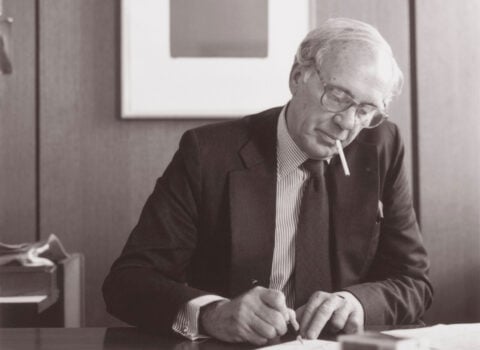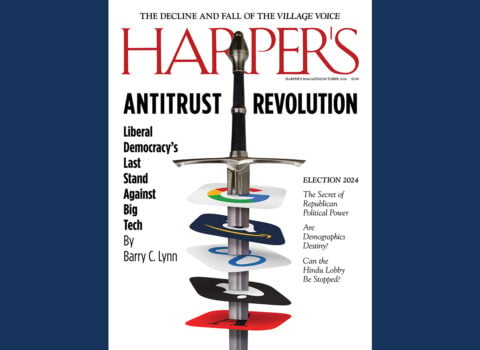Writers Go in Search of a Good Night’s Sleep
We asked some of our favorite writers how they were sleeping. Their responses ranged from the personal, to the scientific, to the historical.
“I wake up neither because of my will nor because of anyone else’s. I wake up because my body wakes to attend to the child’s body,” writes Sarah Manguso, beautifully expressing a new mother’s altered relationship to sleep. “I await his next cry. My body rises and moves down the hall carrying me with it.” She ends her poetic essay thusly: “I’m growing accustomed to living in this new body, newly capable of briefer, shallower, broken sleep — a mother’s body, a machine designed to wake up.”
Historian A. Roger Ekirch informs readers that sleeping through the night is a modern idea: “Unlike the seamless slumber we strive to achieve, sleep once commonly consisted of two major intervals, a ‘first sleep’ and a ‘second sleep.’ ” In the hour of wakefulness in between, “people did practically everything imaginable” — including have sex, whose timing in the wee hours, Ekirch reports, was believed by some to increase fertility.
“I heard about gaboxadol and decided I had to try it,” writes Hamilton Morris of a rare chemical remedy for insomnia that, though it is nowhere near being approved by the U.S. Food and Drug Administration, could be an improvement over Ambien, Valium, and Xanax. But what really appeals to Morris is the hallucinogenic delirium gaboxadol is said to induce. The intrepid reporter scores some: “In my darkened bedroom,” he writes, “I could hear otherworldly music emanating from the motor of a box fan, the white-noise buzzing slowing, taking on the character of an electric viola, the room’s various shadows animated by strange movements as if cast by a flickering candle—but none of this proved distracting.” Morris finds that gaboxadol is indeed the perfect hypnotic.
Rebecca Solnit wonders about the inner lives of the CEOs and world leaders who view their sleeplessness as a proud symbol of their industriousness. “They’re subjected to the same sleep deprivation as the prisoners at Guantanamo, and it affects them in similar ways,” she writes. “Sleep and dreams are the wilderness of the mind. The rulers of the world are probably eyeing that land as something that can be harnessed for production; the torturers must see it as enemy territory to be napalmed and carpet combed”
“I tell myself it’s a virtue, my failure to sleep in my own house, or at all,” writes Heidi Julavits, describing her nocturnal life as a “sleep hunter,” wandering from room to room in her Maine house with a flashlight, a bottle of pills, two pillows and a blanket. This is a lovely evocation of the perils of family life: the deep care we feel for those we love, and the anxiety that can sometimes cause.
“I’m not talking about noise. Think of the rackets you’ve slept through,” writes Deb Olin Unferth, kept up at night by fighting neighbors who doom her to “the sleeplessness of the exiled, the expat, the atheist, the existentialist, the incarcerated.” She called the police who came a few times and then stopped, the landlord stopped taking her calls, even her friends stopped speaking to her due to the long incoherent emails she wrote throughout the night. “Sleeplessness can do a number on you,” she writes. “It goes on too long and that posture becomes your personality.”
“It is always preferable to have something, or someone, to blame. At midcentury we faulted mother,” writes Christine Smallwood in her history of bed-wetting cures, which leads from ancient methods (directing the child to consume the testicles of a hedgehog) to present-day behavioral training, barbaric in its own right. “Tonight in America, 5 million of these wetters will worry themselves to sleep,” she writes, “many of them lying atop rubber sheets, moisture alarms clipped, velcroed, or otherwise fastened to their pajamas.”
“As much as I want to help my clients, I don’t empathize with them,” writes author Rebecca Curtis, who also works as a holistic nutritionist. “They cannot sleep; I can. They want to; I don’t. I hate to sleep, especially if I’m alone.” As she reviews a variety of homeopathic remedies, Curtis reveals the fears and loneliness that make her want to stay awake. “The idea of turning off my life and opening up my subconscious, my dreams, and my self (soul?) is so abhorrent to me,” she confesses, “that I have slept with the bedroom light on for the past six years.”
Gideon Lewis-Kraus writes of his experience at a Tokyo cuddle café, where a small membership fee and thirty dollars buys a man forty minutes of sleeping time with a young pajama-clad woman. Sexual overtures are forbidden, though for ten dollars you can stare into your sleep partner’s eyes or have her pat you on the head. “Here you do pure things,” explains Lewis-Kraus’s partner. “Men come here want time, relax time. It’s like being in their room in their house. Bed is best relax item.”





